Monarch & Milkweed


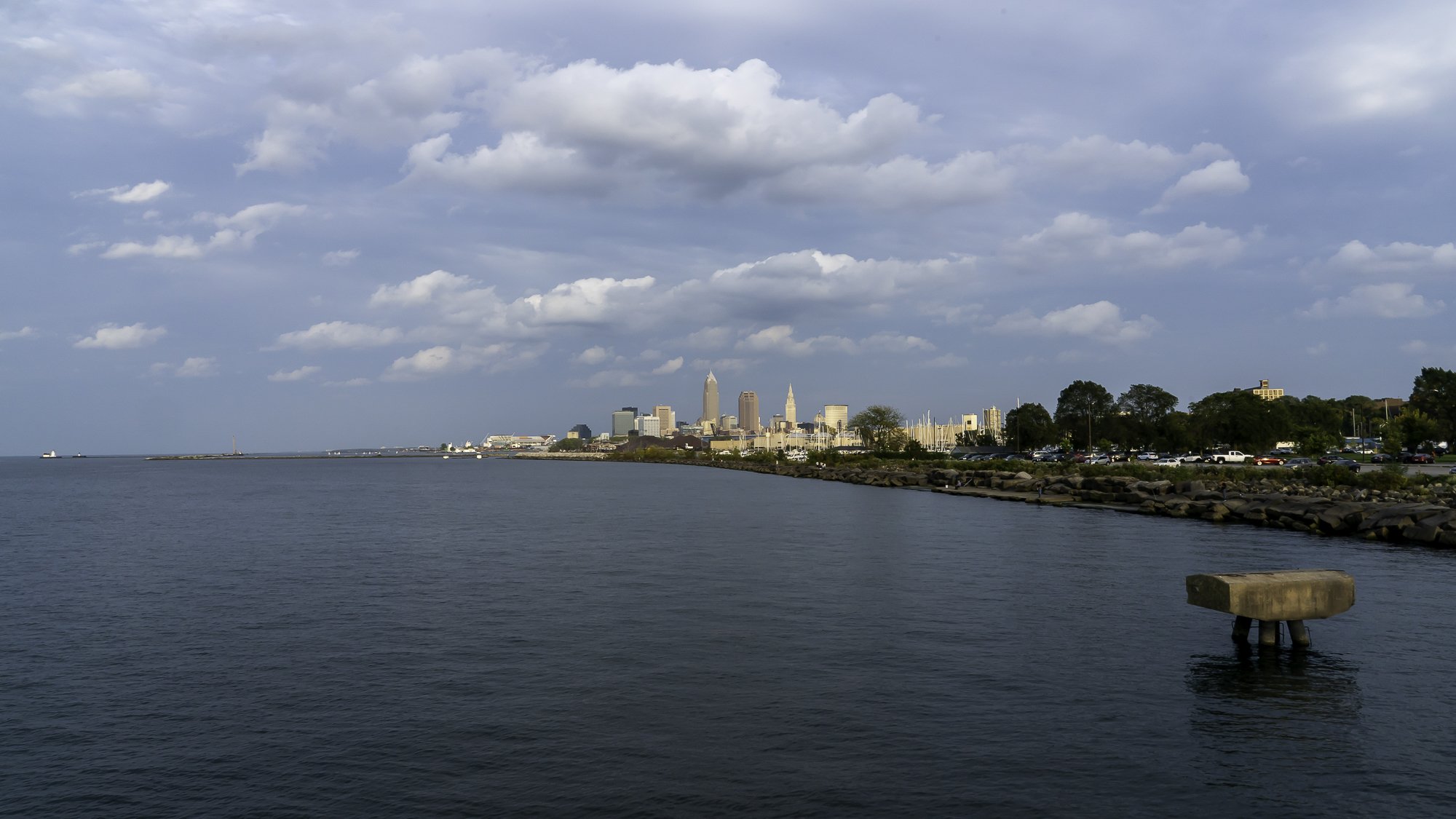
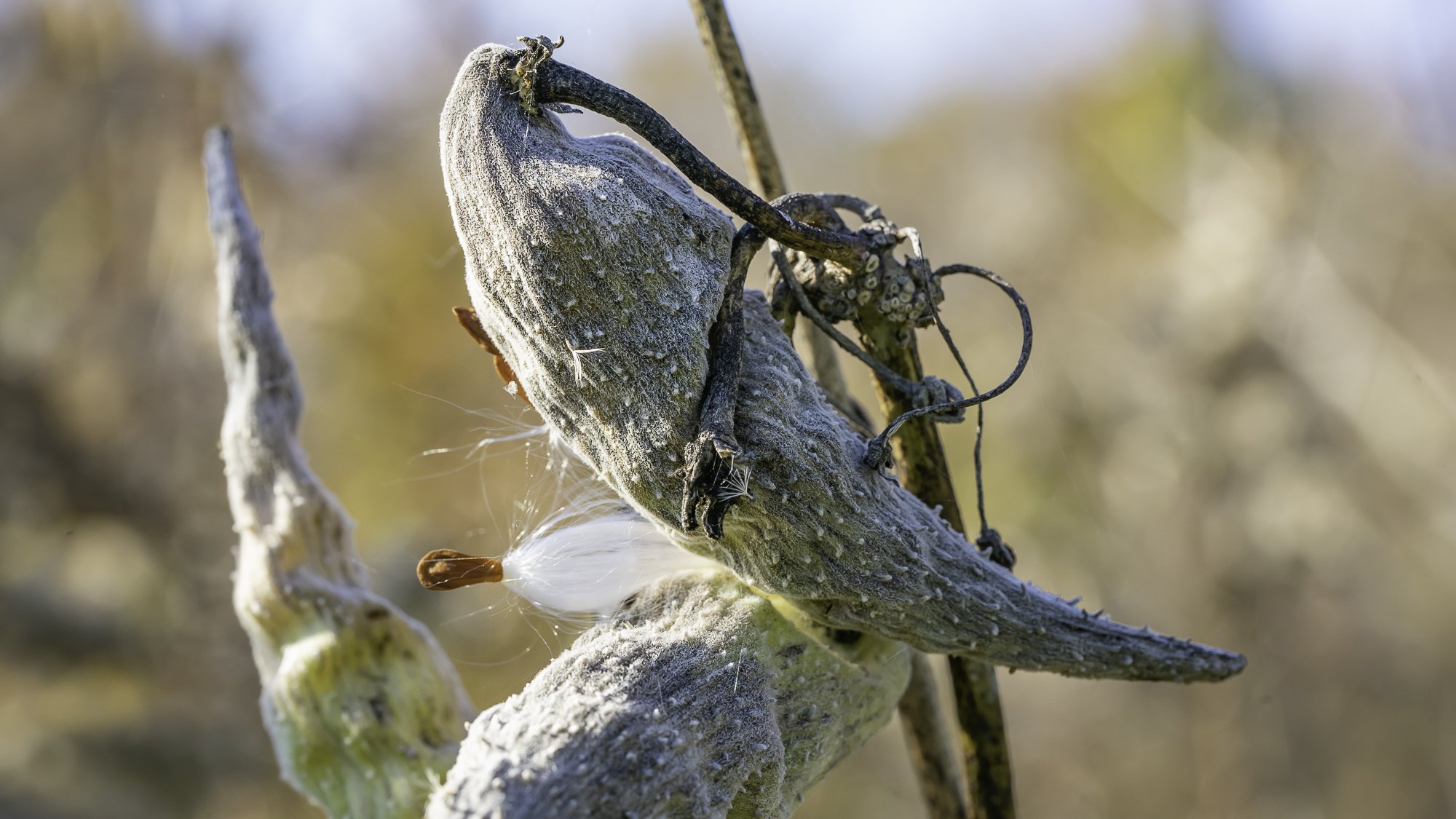


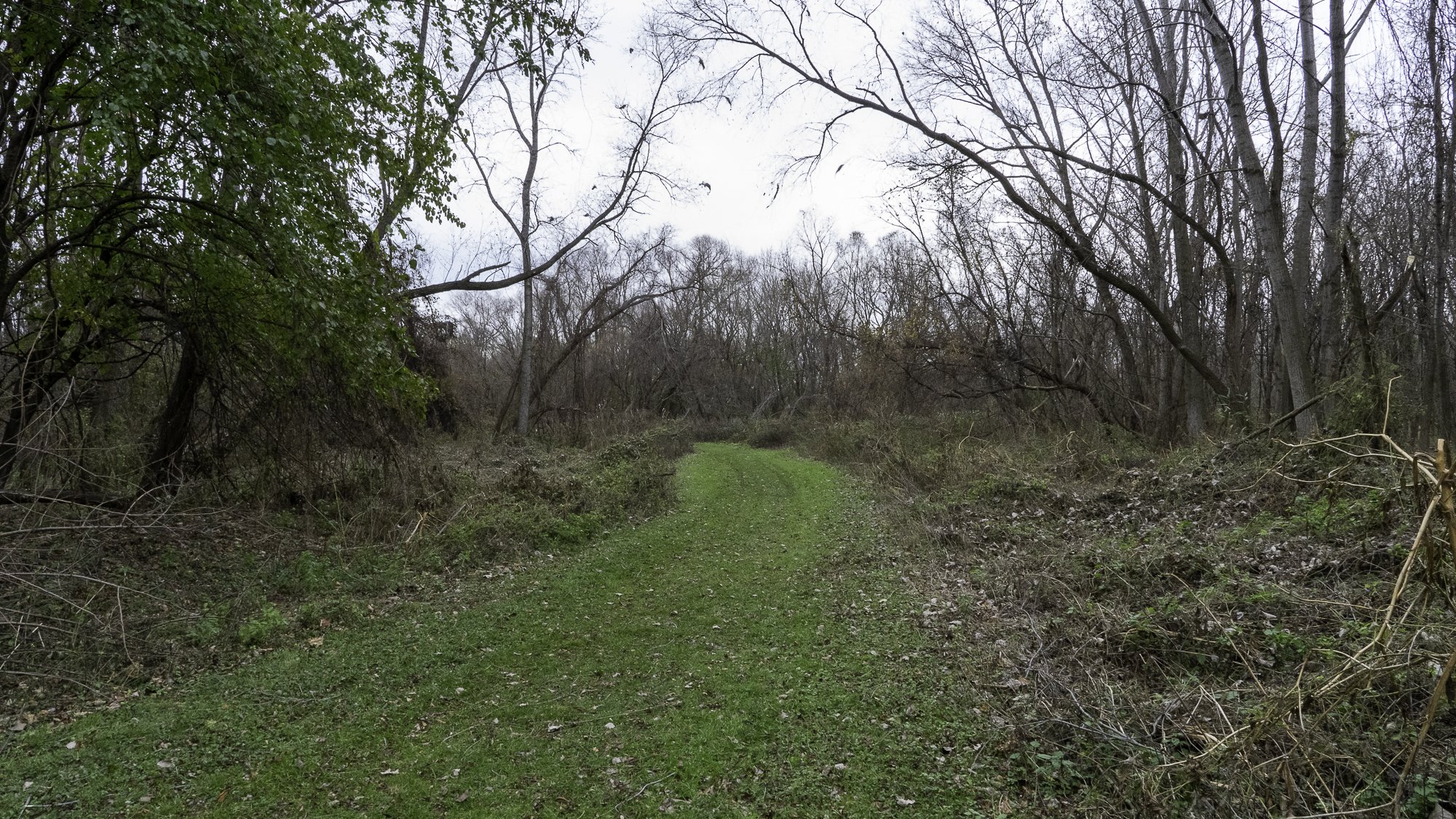


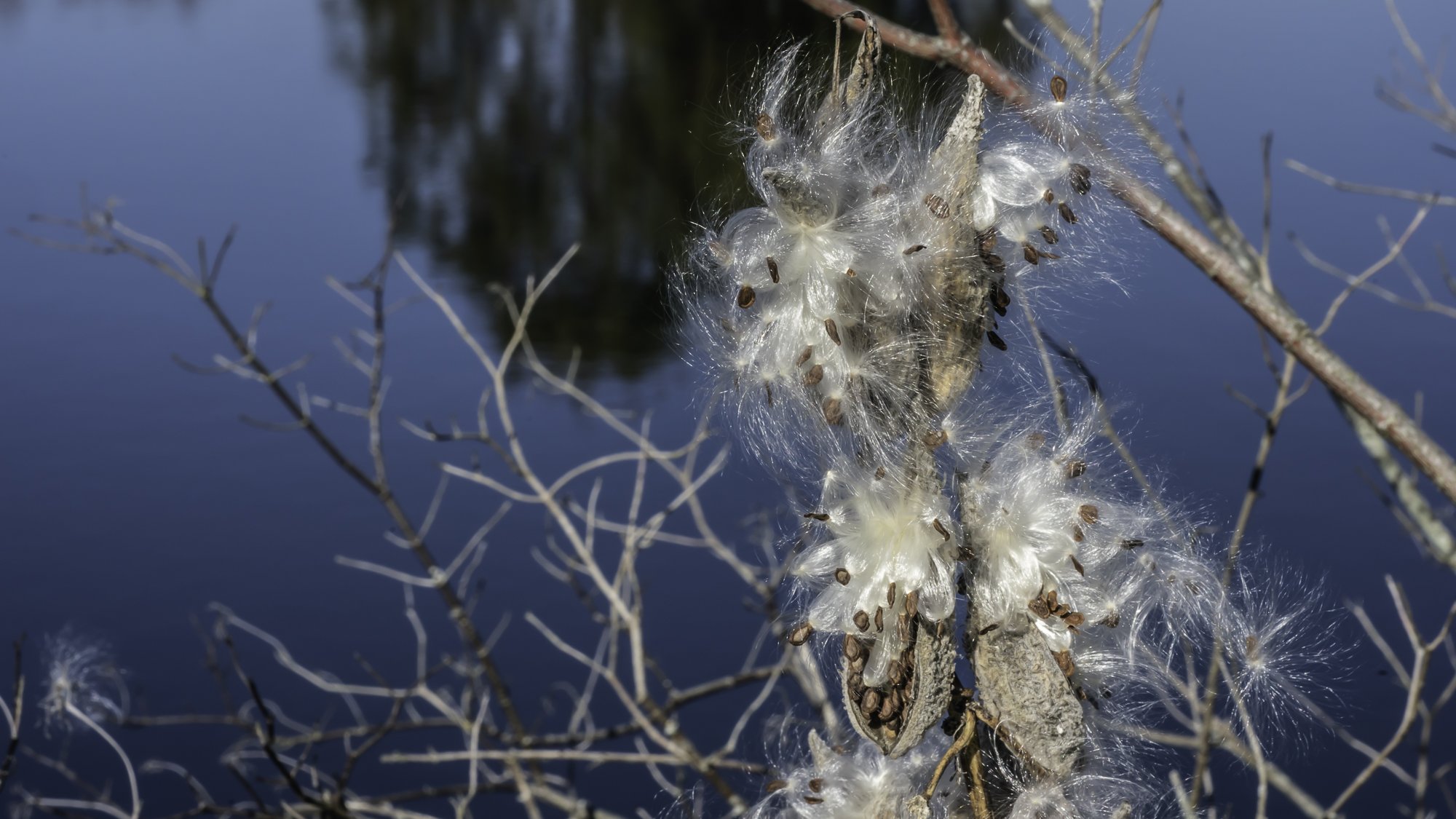

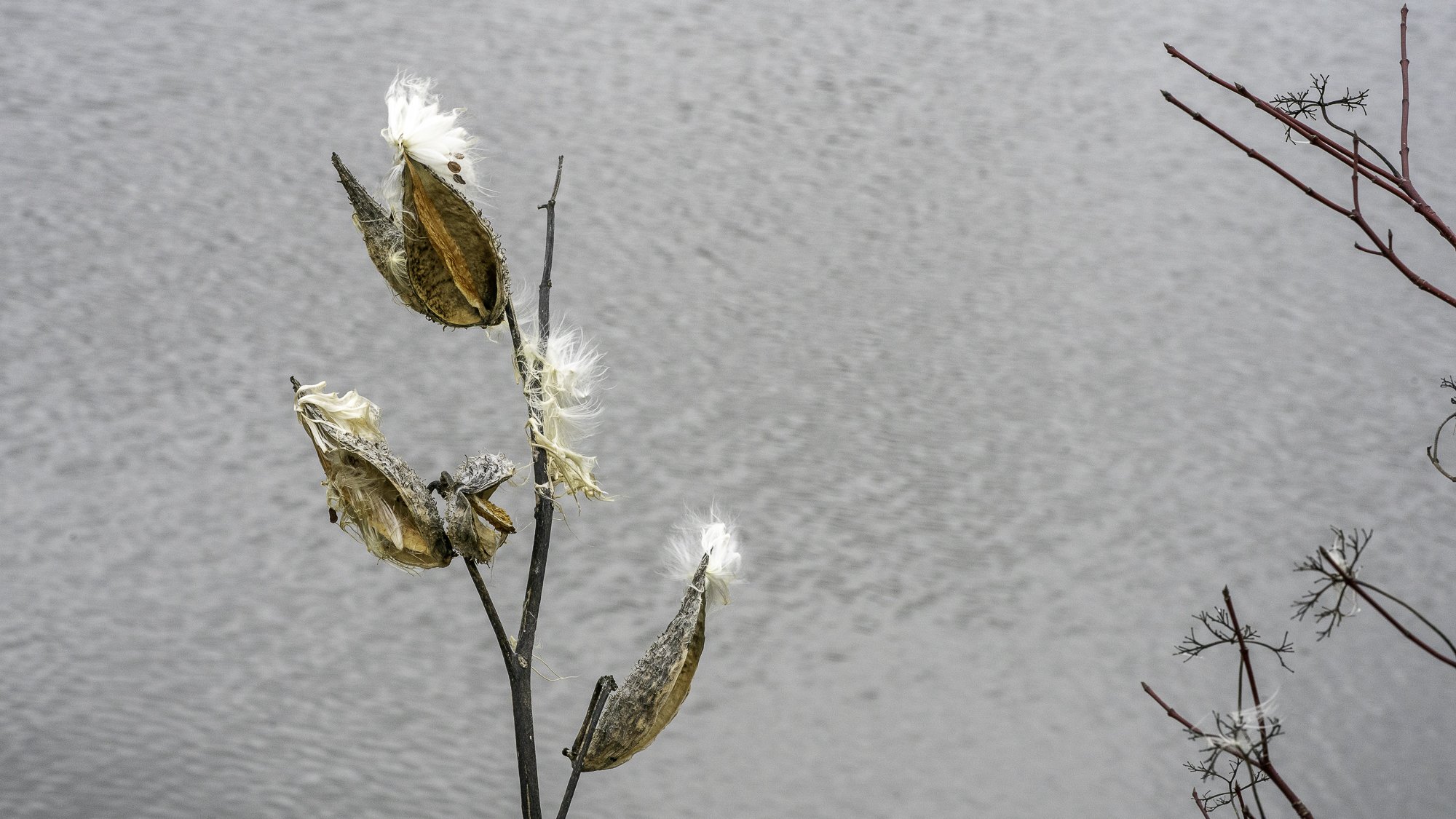
Monarch & Milkweed
The fragility of interconnected ecosystems has become increasingly urgent to me, particularly the precarious relationship between the monarch butterfly and its sole larval food source: the common milkweed plant. What began as aesthetic appreciation for these remarkable insects evolved into a more profound concern about their survival and the ecological implications of their potential extinction.
Monarch butterflies serve critical functions beyond their beauty—they're essential pollinators whose presence indicates broader environmental health. Yet their population has declined approximately 90% over the last two decades, a collapse directly tied to the disappearance of milkweed across their migratory route. This isn't merely about losing a beautiful species; it's about understanding how human decisions ripple through complex natural systems.
The monarch's lifecycle represents one of nature's most extraordinary feats: a multi-generational migration spanning thousands of miles from Canada across Lake Erie, through the United States, and ultimately to Mexico's Oyamel Fir forests. But this ancient journey now faces unprecedented obstacles. The relationship between monarch and milkweed is entirely symbiotic—monarchs pollinate the plant while feeding on its nectar, then lay their eggs exclusively on milkweed leaves so emerging larvae can consume the only plant their bodies can process. The milkweed's natural toxicity becomes the caterpillar's defense system, making monarchs poisonous to predators. Without milkweed, monarchs cannot complete their lifecycle.
The crisis intensified when Ontario, Canada, designated milkweed as a noxious weed, leading to widespread eradication along a critical portion of the migration corridor. This policy decision, likely made without a complete understanding of ecological consequences, severed a vital link in the monarch's survival chain.
My photographic approach documents both the beauty of these creatures and the conservation efforts aimed at reversing their decline. I've focused particularly on locations like the Cleveland Lakefront Nature Preserve in Ohio, where organizations are actively replanting common milkweed throughout park systems to provide crucial habitat for monarchs as they cross the Great Lakes. These images capture monarchs at various life stages—egg, larva, chrysalis, and adult—emphasizing the delicate dependence on milkweed at each transformation.

